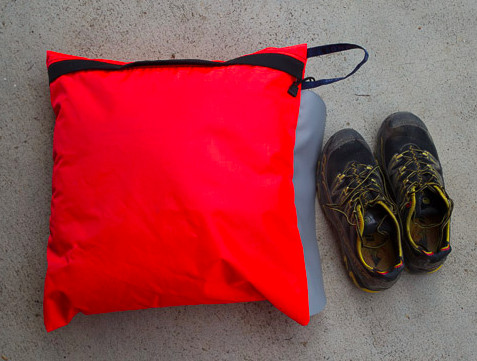

Many races over 50K in distance offer drop bags. Drop bags allow racers who do not have a crew supporting them along the course to stash supplies they may need later in the race.
Drop bags are generally dropped off at the race start and the race organizers transport them to the designated aid stations. As runners pass through those aid stations, they locate their drop bag and take what they need from it and leave whatever they do not need any longer. The drop bags are brought back to the race finish when that aid station closes so that runners can retrieve their belongings.
Drop bags are especially useful when races have a section that is run during the night, so you can have a headlamp part way through and do not have to carry it with you the entire race. Other items that are often placed in drop bags include clothing for cooler nights or for warmer daytime temperatures, special food that isn’t supplied by the aid stations, socks and sometimes even shoes.
Because drop bags are transported a few different times during a race, here are some best practices and restrictions around the size, quantity, and contents for Go Beyond Racing races:
We recommend High Desert Drop Bags, especially their Dirt Bag (pictured).